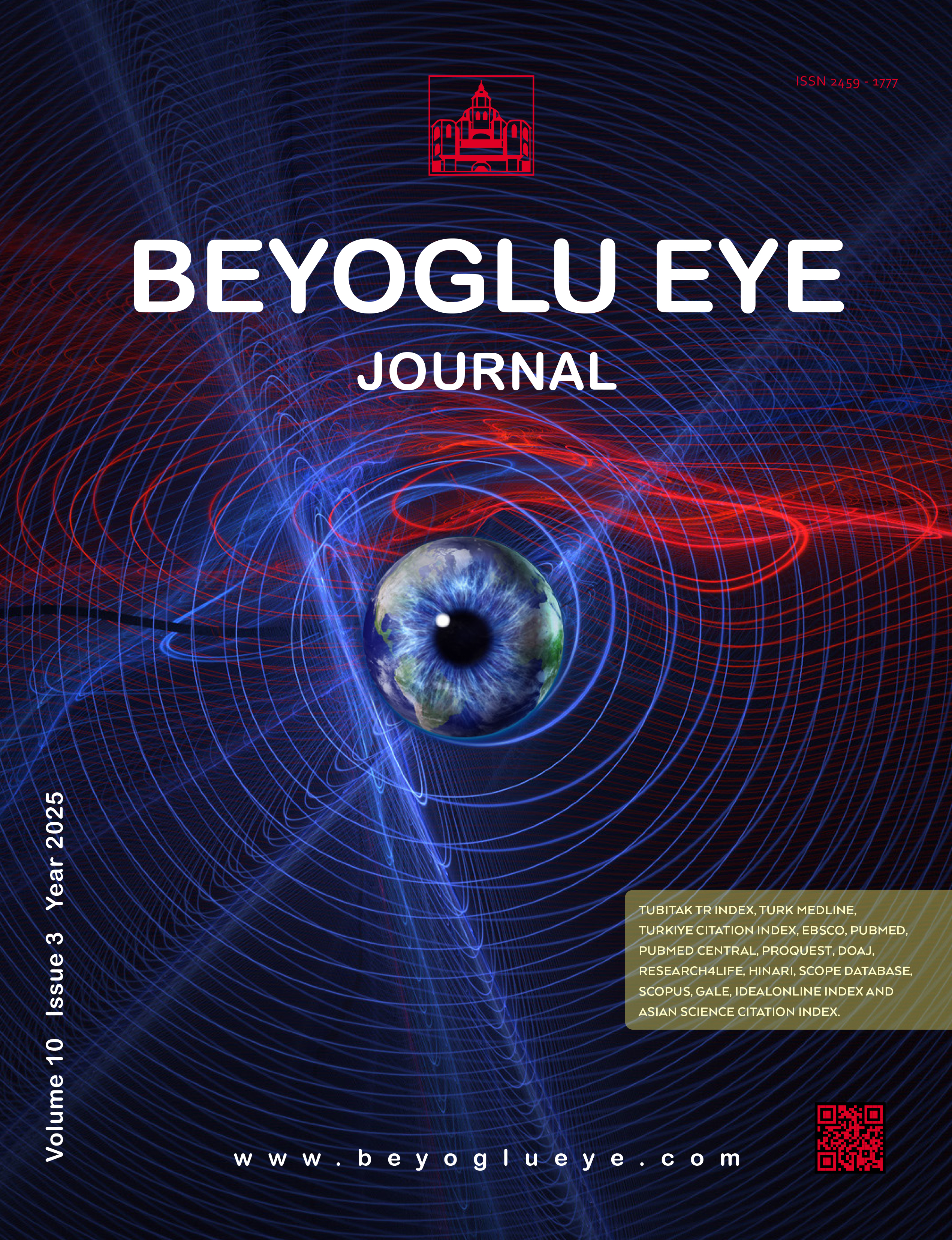
Delayed Management of an Orbital Floor Blow-out Fracture
Aida Pidro1, Nina Jovanovic2, Emina Kadribaic3, Nedim Barucija3, Nedim Leto3, Alon Kahana41Department of Ophthalmology At Opca Bolnica Prim. Dr. Abdulah Nakas, Sarajevo, Bosnia and Herzegovina2Department Of Ophthalmology At Canton Hospital Zenica, Bosnia And Herzegovina
3Department Of Maxillofacial Surgery, Canton Hospital Zenica, Bosnia And Herzegovina
4Department Of Ophthalmology, Oakland University William Beaumont School Of Medicine, Michigan, USA
A bony fracture in the orbital floor, the most common site, can lead to tissue herniation, enophthalmos, hypoglobus, or strabismic diplopia. Several surgical approaches for repair have been described in the literature. This report is a description of an illustrative case and a brief summary of the literature related to the transconjunctival approach to orbital floor fracture repair as performed by ophthalmologists. A 19-year old female patient had fallen from a 5-meter-high fence and sustained panfacial fractures, including both orbits and the surrounding sinuses. An acute repair was performed by a maxillofacial team to stabilize the facial structure. Following neurosurgical stabilization, she was referred to ophthalmology with pronounced hypoglobus and enophthalmos, diplopia, relative afferent pupillary defect, and a slightly pale right optic nerve head. Surgery was performed under general anesthesia using the transconjunctival approach and an alloplastic implant. This approach was effective, providing excellent exposure while reducing the risks of lower eyelid retraction and surgical scars associated with the transcutaneous approach.
Keywords: Enophthalmos, hypoglobus, orbital fracture, transconjunctival approach
Manuscript Language: English









